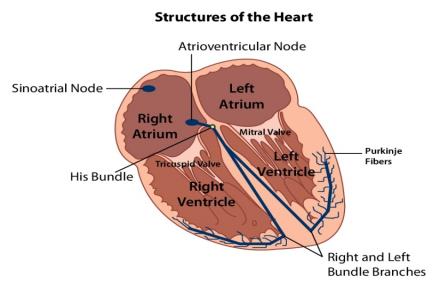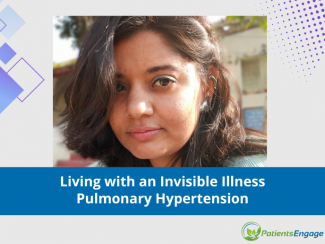Statin therapy appears to increase the risk for type 2 diabetes by 46%, even after adjustment for confounding factors, a large new population-based study concludes.
The majority of people in this new study were taking atorvastatin and simvastatin, and the risk for diabetes was dose-dependent for these two agents, the researchers found.
Nevertheless, senior author Markku Laakso, MD, from the University of Eastern Finland and Kuopio University Hospital, told Medscape Medical News: "Even if…
Latest Stories
- Sleep deprivation is rampant. A 30 minute nap is beneficial to your health! This article specifically talks of the negative effects of sleep deprivation in caregivers : forgetfulness, lowered alertness,premature aging, decrease creativity, lower immune system, increased risk of stroke, diabetes, unwanted weight gain and increased possibility for a heart attack. Caregiver statistics show caregivers are often exhausted at the end of the day. Many find that they…
- In collaboration with WHO to mark World Mental Health Day, writer and illustrator Matthew Johnstone tells the story of overcoming the “black dog of depression”. Probably the only dog video on the Internet that will make you reflect. Millions of people around the world live with depression, a frightening, debilitating condition at its worst. Many of these individuals and their families are afraid to talk about their struggles, and don’t know where to turn for help. Recognizing depression and…
- Hogewey is an amazing "village" on the outskirts of Amsterdam. It's a step back into the 1950s boasting pretty, manicured streets, a grocery, cafe, coffee shop, restaurant and even a beauty salon and barber shop. There are 152 residents in Hogewey, and all have something in common—dementia. Hogewey is a treatment facility for dementia and Alzheimer's patients. It is set in the 1950s because the dementia patient's long term memory is preserved much more vividly than short…
- Women with endometriosis commonly experience very painful periods and painful sex which can lead to infertility - but there's a long and worrying delay in diagnosis. Women with endometriosis commonly experience very painful periods and painful sex. Some will also have pelvic pain which can last throughout the cycle. Bowel symptoms, such as bloating and diarrhoea, are common and are often put down to irritable bowel syndrome. Symptoms of bladder irritation are experienced by two-thirds of…
- Dr Shital Patel answers all that you want to know about oral contraceptives, how they work, when you should use them, side effects, do they increase the risk of cancer? What are Oral Contraceptives? Oral contraceptives are hormonal preparations that may contain progesterone or combination of oestrogen and progestin. The combination drug prevents pregnancy by inhibiting the release of the hormones - luteinizing hormone (LH) and follicle stimulating hormone (FSH) from the pituitary…
- What causes arrhythmias? CARDIAC HORMONAL MEDICATIONS OTHER High blood pressure Hyperthyroidism –Over production of thyroid hormone Certain medications used to treat irregular heartbeats Eg. Β-blockers, Ca-channel blockers Stress Coronary artery disease Dehydroepiandrosterone [DHEA], a natural steroid hormone. When taken as a supplement is known to produce palpitations as a side effect. Thyroid medications Low blood oxygen Valvular heart …
- What is urinary incontinence? It is the loss of bladder control that results in leakage of urine or faecal matter involuntarily. It is a common problem: the severity ranges from occasional leaking of urine when you cough or sneeze to a sudden and strong urge to urinate so that you can’t get to the toilet on time. It affects twice as many women as men and 50 per cent of elderly women suffer from it. It may affect younger women too.
- Crushing tiredness that doesn’t diminish with rest, CFS can wreck lives. It’s also hard to diagnose, so patients may be seen as hypochondriacs. By Dr Shital Patel. Chronic fatigue syndrome (CFS) is a complex disorder characterised by extreme fatigue that is unexplained by any underlying medical condition. The fatigue does not improve with rest and tends to worsen with physical activity or mental exertion. CFS affects more women than men and is seen mostly between the…
















